Spanning nearly 1 square mile, the South End section of Boston is the largest intact Victorian neighborhood in America. With its bounty of Victorian row houses and new loft-style developments, the South End has become a first choice of professionals, artists and families alike.
The South End is know for its diversity, food and culture, its close proximity to shopping, public transportation and the Back Bay. It is home to popular events such as the South End Garden Tour, SOWA Open Studios, Boston Center for the Arts performances, Boston Ballet performances and numerous festivals, parades and street fairs.
History
Originally laid out in 1801 by Charles Bulfinch, the South End was designed around the former “Boston Neck,” a barren strip of land surrounded by marshes, which connected Boston to the mainland area of Roxbury. Constructed as a grid pattern of streets with center parks and Victorian rowhouses, the South End was infilled by the South Cove Company during the 1830’s.
During the 1840’s and 1850’s, residential expansion went into full gear. The residential streets of the “New South End” had center parks, enclosed by lavish cast-iron fences and fountains. Victorian style rowhouses were built, with red brick construction, swelled brick facades and uniform roof cornices. The new streets were based on a grid pattern, and were termed “a district well laid out.”
By 1860, this expansion had produced streets such as Union Park, Concord Square, Worcester Square and Chester Park. Newly constructed single-family townhomes were occupied by Boston’s upper class. With the residential expansion also came the emergence of a number of churches and synagogues, the Boston City Hospital and the original Boston College. Business also flourished, with manufacturers such as Chickering, Emerson and Vose Piano calling the South End home.
During the 1870’s however, the South End slipped out of fashion. The infill of the Back Bay lead to the construction of larger mansions, which attracted many of the affluent South End residents. The Panic of 1873 also lead to many failed mortgages, and the South End found itself transformed from a elegant residential neighborhood to a lodging and boardinghouse district.
By World War II, the South End had emerged as a nexus for different cultures, religions and beliefs. African Americans, Asian Americans and Latino Americans, among other groups from around the world, came to call the South End home. While the culture of the South End thrived, much of the architecture fell into disrepair, or was demolished to make way for new housing.
By 1970 however, the architecture of the South End was rediscovered by urban professionals and Victorian architecture enthusiasts, who restored many of the rowhouses to their original glory. In 1973, the South End was named to the National Registry of Historical Places, and in 1983, the South End was designated a Landmark District. This designation provided guidelines for construction and restoration of rowhouses, as to preserve Charles Bullfinch’s vision of an elegant Victorian neighborhood.
Today
Today, the South End continues to thrive as an energetic, multi-cultured community. The Victorian rowhouses of the 1800’s have been restored as condominiums and single-family townhouses. Cultural centers, such as the Boston Ballet and Boston Center for the Arts (BCA) reside, as well as many successful businesses and restaurants.
In excess of two billion dollars in residential construction has been just completed or is underway, making the South End a popular neighborhood for urban professionals, empty nesters and families alike.
A sampling of properties for sale in the South End
[optima_express_toppicks id=”555401″ displayType=”list” header=”true” includeMap=”true” status=”active”]
About

Contact
The Residential Group
at William Raveis Real Estate
16 Clarendon Street
Boston, MA 02116



